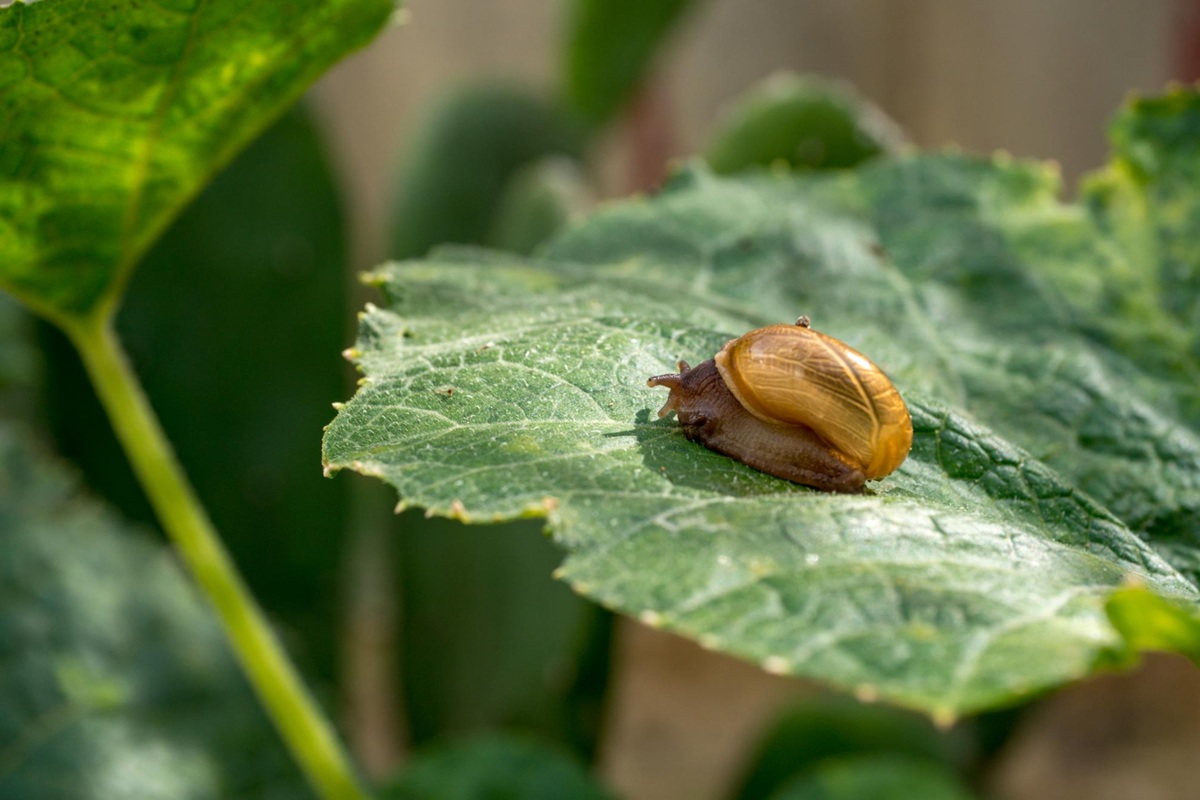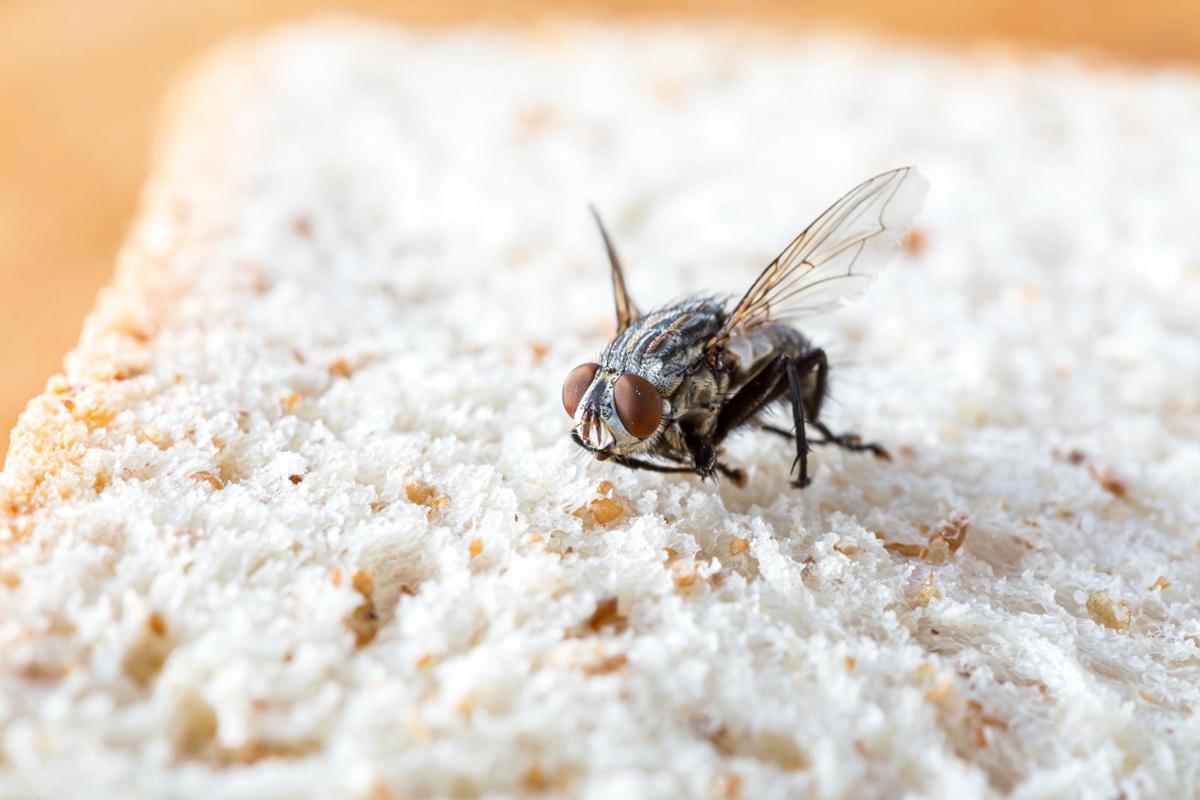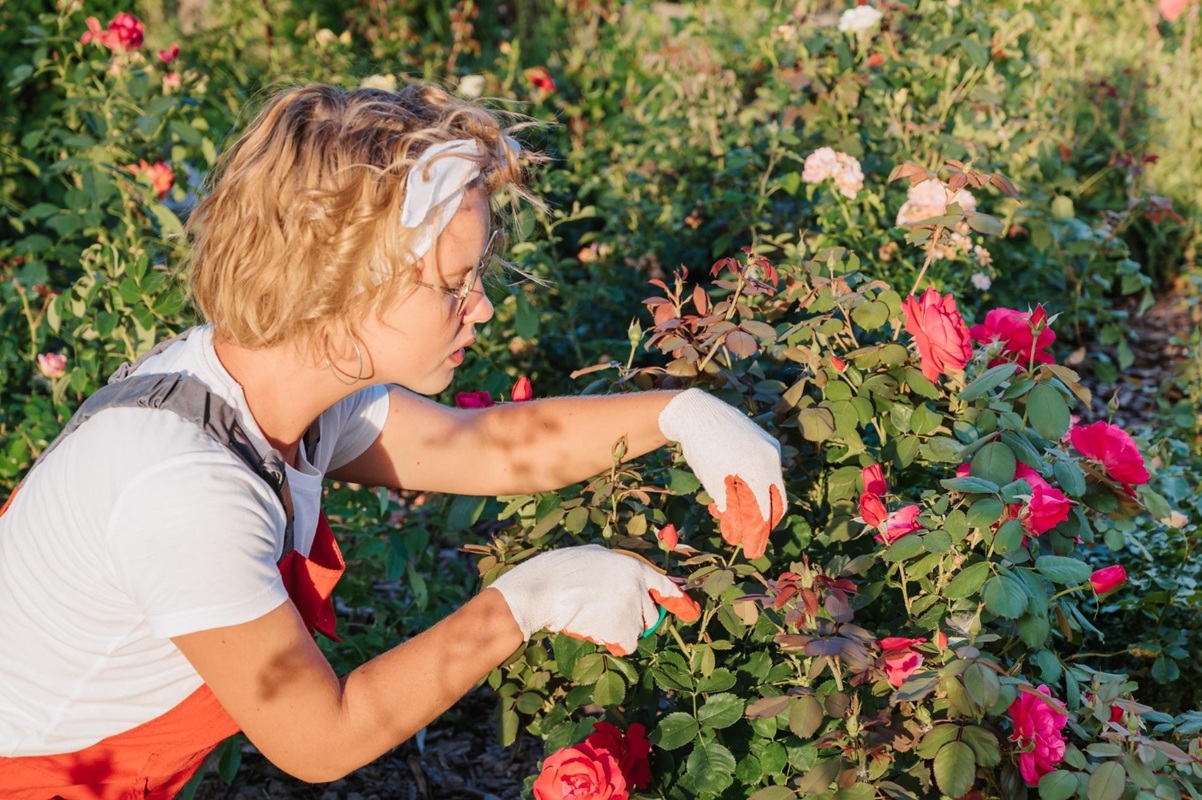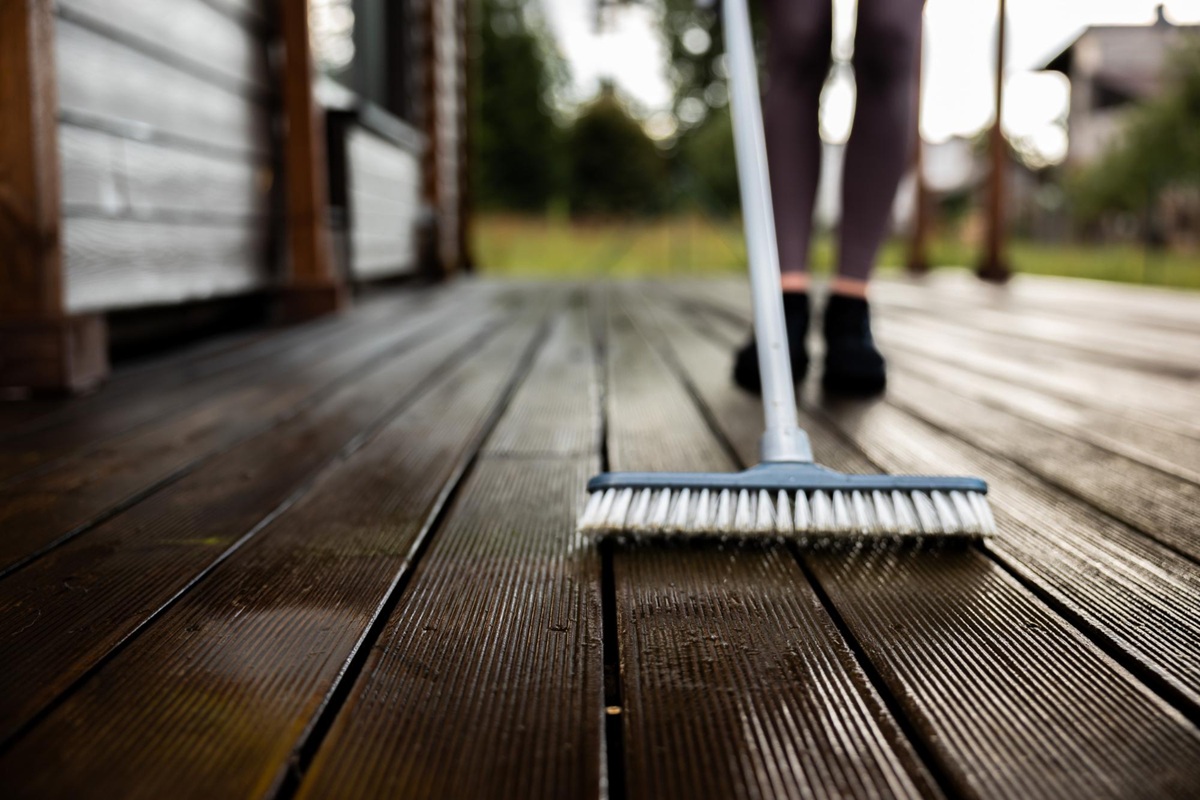Are you proud of your plants? You should be! There’s nothing more frustrating than waking up to find your salads pierced, nibbled, and completely devastated by the nocturnal visit of snails and slugs. But don’t panic: there are effective and entirely natural ways to protect your crops. Here are four practical methods to effectively repel these unwanted guests without chemical products.
1. Create natural impenetrable barriers
Why not prevent these gastropods from reaching your young shoots directly? Installing natural protective barriers around your crops is a simple and effective solution.
Certain natural products that can be spread around your plants discourage slugs and snails from moving about, creating an uncomfortable zone for them:
- Wood ash dries out their mucus and disrupts their movement.
- Dry coffee grounds are unpleasant to the touch for these mollusks.
- Wood shavings or crushed eggshells, with their sharp texture, make crossing very uncomfortable and unappealing.
- Hemp mulch is particularly effective, thanks to its unique texture that poses a serious obstacle for these pests.
- Lastly, you can place fern leaves as mulch: not only do they protect the soil, but they also effectively repel gastropods.
2. Attract them into clever traps
If, despite your precautions, you still face nocturnal invasions, try beer traps. Place shallow containers, filled with beer halfway, level with the ground in your crops. The attractive scent lures them in, but they can’t escape.
Another easy method: set up some artificial shelters in damp areas of your garden, like tiles or simple boards. Slugs and snails will take refuge there during the day, allowing you to easily collect them each morning.
3. Use effective natural repellent sprays
Some entirely natural preparations are highly effective at repelling these little invaders without harming your crops or the environment.
Here are two simple recipes to try at home:
- Bracken fern decoction: soak 100 g of fresh ferns in a liter of water overnight. Then, boil this decoction for 20 minutes, strain it, and spray it early in the morning or at sunset.
- Soap nuts rich in saponin are also very effective. This natural substance acts as an excellent repellent for slugs and snails.
These preparations are healthy and easy to make: give them a try!
4. Naturally foster predators of gastropods
Your garden can become your ally! Did you know that some animals and insects are natural regulators against snails and slugs?
Among the valuable allies to attract are:
- Hedgehogs, who love mollusks.
- Some birds like blackbirds, thrushes, and starlings, always on the lookout for this type of food.
- Finally, insects such as ground beetles are also very effective in controlling their population.
How can you encourage their presence in your garden? Simply create small natural habitats like piles of wood, mixed hedges, or an accessible small water point. A lively garden is a protected garden!
Have you tried any of these methods? Which ones work best according to your experience? Feel free to share your tips in the comments below! Your input is valuable and can help the entire community of amateur gardeners. Get typing: we can’t wait to hear from you!










